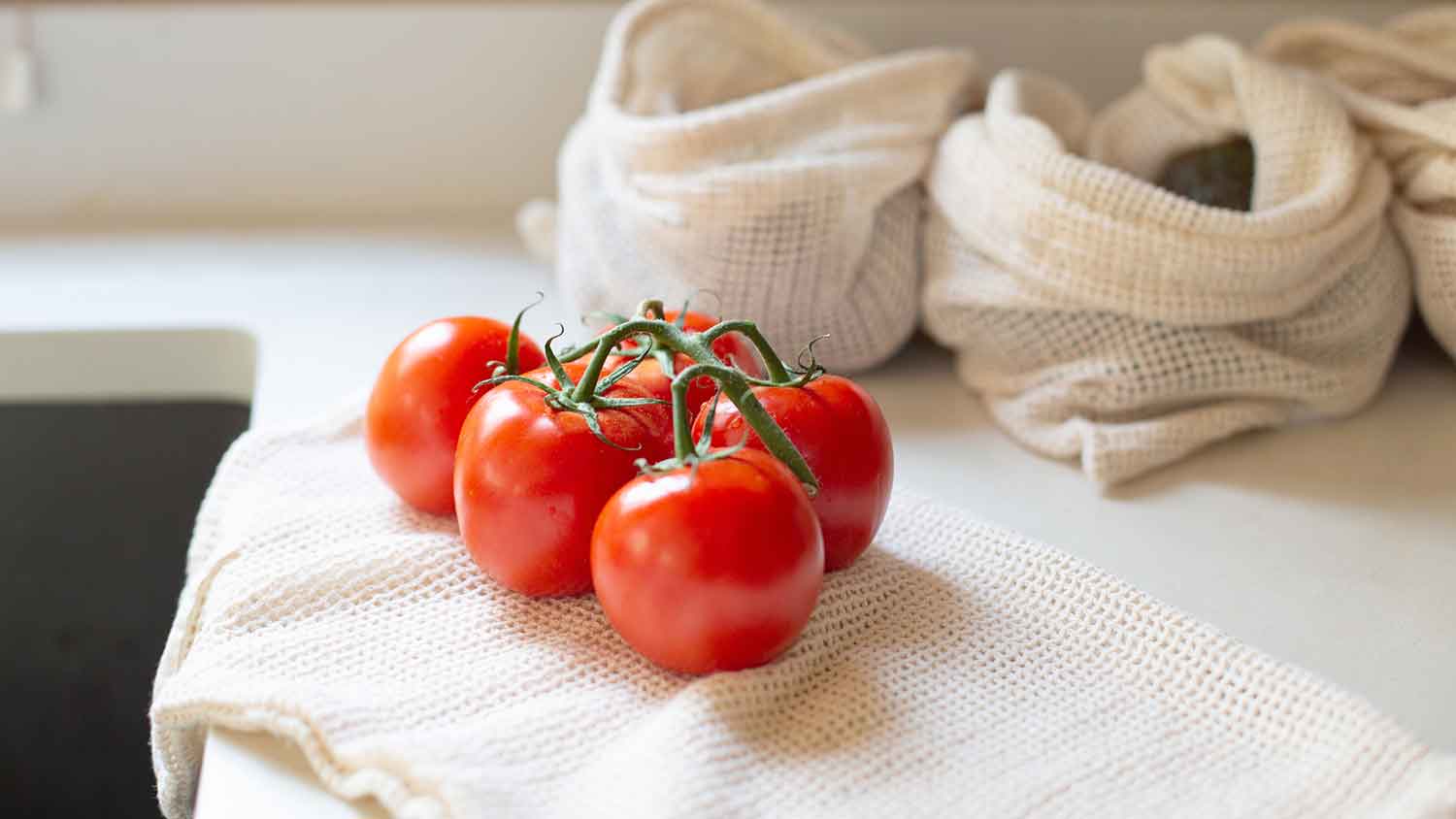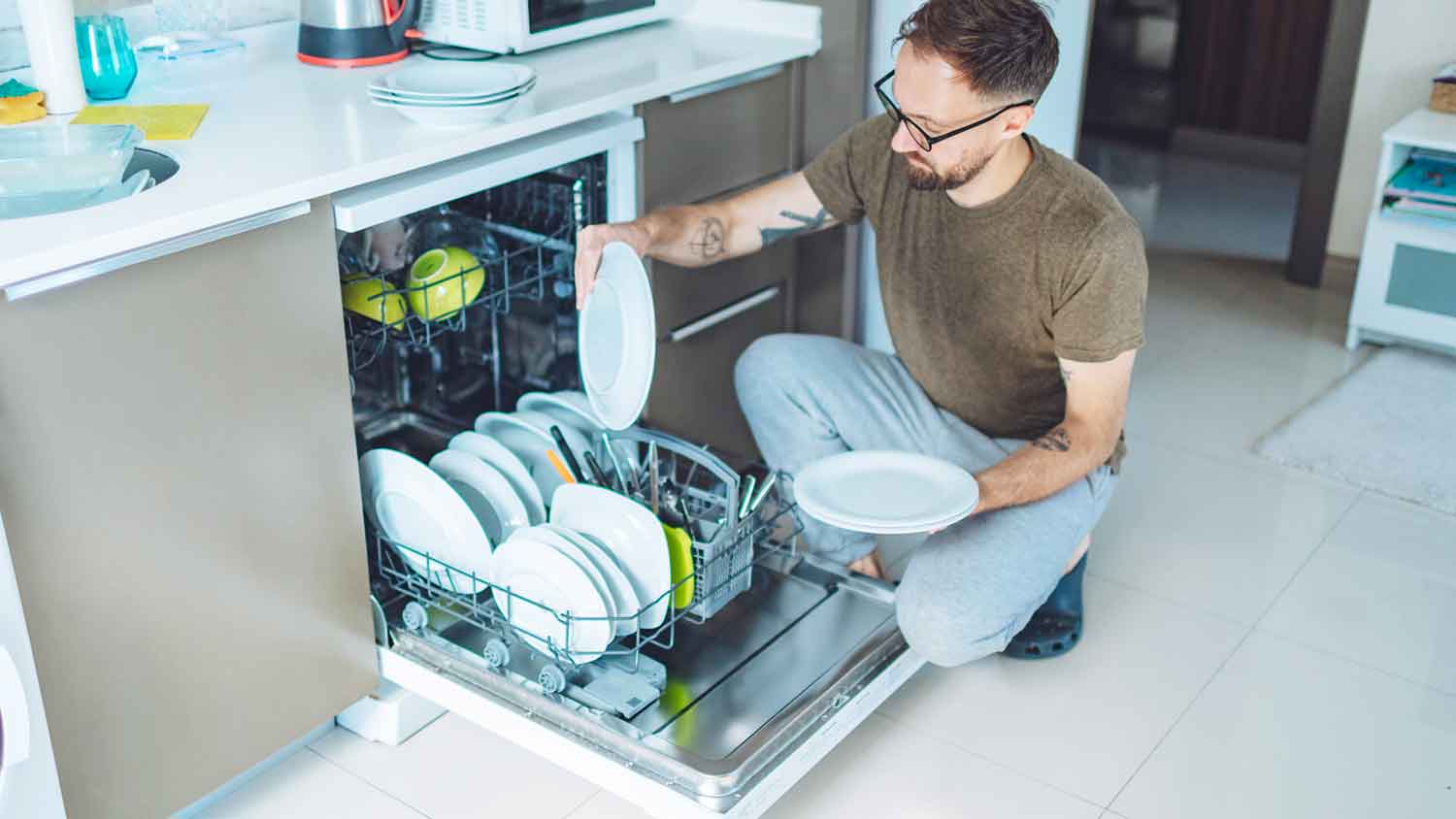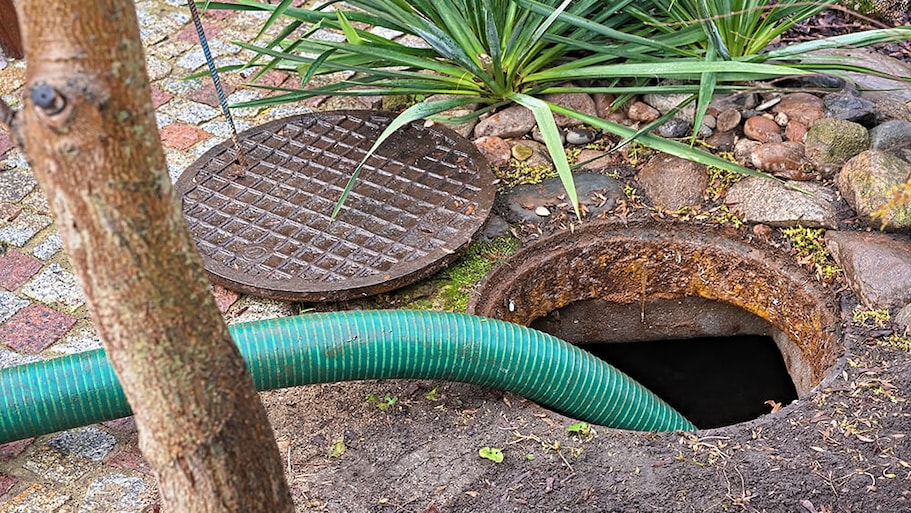How to Increase Bacteria in Your Septic Tank Naturally Using Household Products
Move things along with this easy project


When bacteria levels in your septic tank are low, you can experience backups in your septic system, which can be hazardous (and smelly). Without bacteria to break down the solid waste, the tank fills up more quickly and the pipes can get clogged. Learn how to increase the bacteria in your septic tank naturally with rotten tomatoes or yeast. The best part? Boosting the bacteria takes five minutes or less.
Why Increase Bacteria in Your Septic Tank Naturally?
The natural bacteria in your septic tank breaks down solids, helping ensure your tank doesn’t become full too soon. Natural bacteria also help ensure your septic tank's health and balance pH levels. Without enough natural bacteria, you’re more likely to experience clogs or the need to pump your septic tank more often than usual.
How Much Does It Cost to Pump Your Septic Tank
The cost to pump a septic tank ranges from $250 to $550. You can avoid additional pumping by maintaining healthy bacteria in your septic tank. Most septic tanks need to be pumped once every three to five years to keep everything running smoothly.
Signs You Need More Bacteria in Your Septic Tank
If bacteria levels in your septic tank are too low, you may experience:
Your tank filling up sooner than every three to five years
A septic or rotten egg smell outside of your home or coming from your drains
Slow-draining toilets and sinks
Backed-up drains and toilets
Lush, green grass near your tank or above the septic lines
Standing water in your yard
How to Increase Bacteria in Septic Tank Naturally
Two main ingredients can increase the natural bacteria in your septic tank: rotten tomatoes and yeast. Rotten tomatoes are known to work better than yeast, but adding yeast may also help. Septic tank experts recommend avoiding septic tank additives, as they can harm your system more than help it.
1. Add Rotten Tomatoes Through Your Garbage Disposal

Decaying tomatoes can increase bacteria in your septic system by breaking down pectin and plant cell walls.
Buy three rotten tomatoes and allow them to go past their prime. Put them in your garbage disposal one at a time and run the water while you run your garbage disposal. Allow the garbage disposal to process the tomatoes and pass them through fully. You can add rotten tomatoes to your septic system every three months as needed.
2. Flush Yeast Down Your Toilet
Some experts recommend adding yeast to your septic system to increase enzyme health in your septic tank. Whether yeast increases bacteria is debatable, but it won’t harm your septic system.
Pour 1/4 ounce of dry baking yeast into your toilet and flush. You can do this once every three months or up to once per month. Avoid adding extra yeast to your septic system, though, as it can cause frothing. The additional gases from the yeast can keep solid waste from settling to the bottom. When the sludge doesn't settle, clogs and slowdowns can happen.
Tips for Maintaining a Healthy Septic System
To allow the bacteria to work properly, ensure you take care of your septic system. Proper maintenance prevents backups, clogs, and malfunctions.
1. Dispose of Waste Properly
Sending grease, fats, trash, feminine hygiene products, wipes, and cat litter down your drain or toilet can cause major backups and clogs. Place these items in the trash instead.
Harsh chemicals and bleach can kill the organisms in your septic system that break down solid waste, so be sure to safely dispose of them elsewhere.
2. Conserve Water

Reducing the amount of water your home uses can lower the chance of a septic tank backup. Conserve water by limiting the length of your showers, using a dishwasher, and choosing low-flow fixtures.
3. Landscape Appropriately
Placing plants with deep root systems near your septic system can disrupt your drain field. Work with a local septic tank pro to decide on the right septic tank landscaping.
4. Use Natural Soap and Cleaning Products
Switch to natural cleaning products and soap, as chemicals, bleach, and antibacterial soap can kill the bacteria in your septic tank.
5. Dispose of Medicine Elsewhere

Flushing antibiotics and prescription medicines down your drain or toilet can harm the bacteria in your septic tank. Dispose of your medicine properly through a pharmacy or hazardous waste facility.
6. Don’t Use Septic Tank Additives
The EPA does not recommend using chemical additives in your septic tank. Most septic systems do not need additives to work correctly and can decrease your drain field’s performance. Before trying septic tank additives, consult with a local plumber or septic tank pro.
7. Have Your Septic System Inspected

A licensed professional should inspect your septic system every three to five years. They assess the health of your septic system and fix any issues with your pump, tank, or drain field. The cost of a septic inspection ranges from $200 to $900.
8. Pump and Clean the System
A licensed professional should pump your septic tank once every three to five years. A pro safely empties your septic tank system, helping to prevent backups and overflows. The average cost of a septic tank pumping is $400.
DIY vs. Hiring a Pro
You can increase the bacteria in your septic tank with rotten tomatoes or yeast without the help of a pro. Unclogging a septic tank or pumping your septic tank is a different story. These tasks can be challenging and messy. It’s best to hire a local septic tank cleaner to assess the situation, unclog or pump your tank, and make recommendations to prevent future issues. Unclogging a septic tank costs $400 on average.
Frequently Asked Questions
You can replenish good bacteria in your septic tank by adding three rotten tomatoes or 1/4 ounce of yeast every three months. Put three overripe tomatoes in the garbage disposal while running the faucet. Or pour 1/4 ounce of yeast in the toilet and flush it down. These are the best natural ways to increase bacteria in your septic tank. Septic tank additives are not necessary and may even cause harm to your septic system.
The best bacteria to add to a septic tank is anaerobic bacteria, which doesn't use oxygen to break down solid waste. Because there is less oxygen in a septic tank, anaerobic bacteria can decompose sludge in a sealed environment. On the other hand, aerobic bacteria need oxygen and are prevalent in the leach or drain field of a septic system.
You can put yogurt in your septic tank, but it will not increase the bacteria in your septic tank. In other words, it won't harm your tank, but it won't get rid of a septic smell or boost the performance of your septic system. While yogurt contains helpful bacteria, you would need to buy an extraordinary amount of yogurt to make any difference. Adding yogurt is not a helpful or cost-effective strategy.
You can add three rotten tomatoes or 1/4 ounce of yeast to your septic tank to speed up the decomposition of sludge. You can add the tomatoes by way of your garbage disposal and the yeast by way of your toilet. You can do either of these additives once every three months as needed.
Baking soda does very little to nothing for a septic tank, but it can help unclog a drain or clean out a garbage disposal. Rotten tomatoes and yeast are the best ways to increase the bacteria in your septic tank naturally. You can add these to your system once every three months.
Certain foods are easier on your septic tank than others. Septic-safe foods include yogurt, fruit, cooked veggies, and bread because these items all break down relatively easily and can pass through your system safely. Rotten tomatoes, specifically, are actually good for your septic tank because they can increase the amount of good bacteria in the system.





- Here’s What to Put in a Septic Tank to Break Down Solids
- Should You Put Yeast in Your Septic Tank?
- What to Do After Your Septic Tank Is Pumped: 4 Top Septic Maintenance Tips
- How Often Does a Septic Tank Need to be Inspected?
- Do Septic Tank Additives Really Work? Does Your System Need Them?
- List of Things Not to Put in Septic Tank: From Chemicals to Bacon Grease
- How to Check If a Septic Tank Is Full: 7 Easy Ways
- How Often to Pump a Septic Tank: What You Need to Know
- How to Get Rid of a Septic Smell Outside: 8 Effective Methods
- How to Find Your Septic Tank in 5 (or Fewer) Simple Steps










